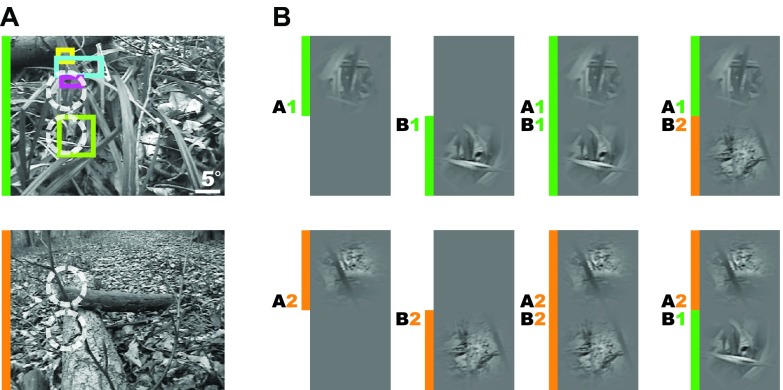Figure 1. Acquisition and presentation of natural movies.
( A) Movie frames extracted from two different movies (marked orange/green) are shown. Prior to optical recordings retinotopy across the imaged cortical region was evaluated by hand mapping of receptive field locations (colored rectangles) at various penetration sites. This ensured that the distance between the mid-point of apertures was bigger than the range of classical receptive fields. ( B) For each experiment, two base natural movies (marked orange/ green) were used to create different stimulation conditions. Movies were presented through either one or two Gaussian masks (3° or 4° FWHM, see Materials and Methods) centered at positions A (top position) or B (bottom position), illustrated by white circles. According to the position label ( A or B) and the index of the natural movies ( Movie 1 or Movie 2), the following conditions were displayed: single ( A1, B1, A2, B2), in which only one local patch was shown; coherent ( A1 B1, A2 B2), in which two local patches belonged to the same full-field movie; and incoherent ( A1 B2 and A2 B1), with local patches derived from different movies (see rightmost column).

